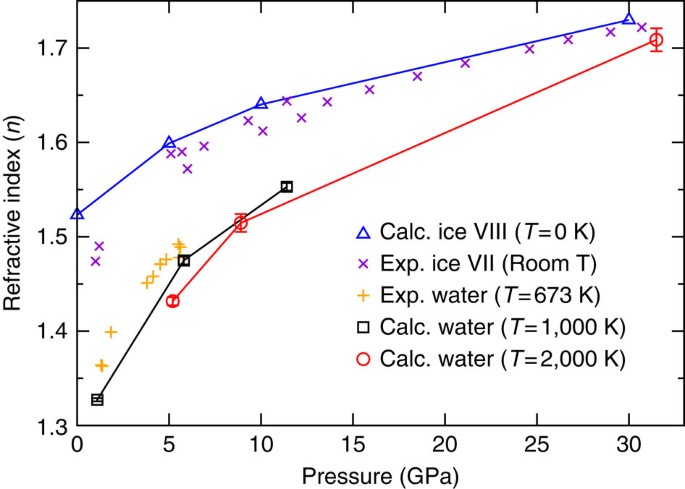- Select a language for the TTS:
- UK English Female
- UK English Male
- US English Female
- US English Male
- Australian Female
- Australian Male
- Language selected: (auto detect) - EN
Play all audios:
ABSTRACT _Bulletins de la Société d Anthropologie de Paris_, tome 2, fasc. 4, 1879.—This closing number of the last year's Bulletins contains an interesting paper by M. Jacques
Bertilion on the mean averages of life in the various grades of society among civilised races. His paper refers specially to France, although it supplies some comparative tables deduced from
the mortality tables of other countries, while it principally aims at directing attention to the preyentibility of numerous causes of early death.—M. G. Lagneau, in presenting to the
Society the mortality tables for Belgium, drawn up by Dr. Janssens for 1878, referred to the predominance of phthisis in male subjects in France since 1865–66, females having before that
period supplied the larger number of deaths from pulmonary tuberculosis.—M. Lunier records the results of the official inquiry which, he had been authorised to make in reference to the
distribution of epilepsy in the various departments of France, and with regard to station, age, sex, & c.—M. le Docteur G. Le Bon gives an interesting report of his examination of the
curious collection of skulls of celebrated men, now in the possession of the Paris Museum of Natural History, which is believed to include those of Boileau, Descartes, and Gall, Themeari
cranial capacity for the forty-two skulls, when compared with that of forty-two skulls of modern educated Parisians, was in excess of the difference between the latter and an equal number of
negroes.—The present number of the Bulletins contributes little of importance to the literature of local French palaeontology, the most interesting of such contributions being a paper by M.
Mortillet, who reports the discovery, by M. Perron, of a funereal car with traces of human bones and textile fabrics in the tumulus, or barrow, known as la Motte at Apremont, in
Hante-Saône.—M. Verneau describes the Grotto de Voutré, in La Mayenne, in which a skeleton, believed to belong to the Bronze age, has been, found, while a similar discovery has been made at
Queyilly, near Rouen, as also at Cierges, where fragments of a dolichocephalic cranium of the neolithic type have beerl recovered. M. Millescamps has, moreover, drawn attention to the recent
discovery by the Abbé Hamard, at Hermes (Oise) of cut flints in graves of the Merovingian age. The previous discovery between 1873 and 1875 of upwards of 20,000 flints in the Merovingian
cemetery of Caranda has raised the question, which still awaits solution, whether these flints were deposited with the dead merely as objects with which the living had been most familiar, or
whether their presence had any supposed protective action.—M. Zaborowski has laid before the Society the result of his examination of five Hakka skulls, and communicated the information he
had received from M. de Lagrenée, French Consul at Canton, in regard to the history and pure Chinese origin of the Hakkas, who have in all ages formed the active combative element in the
Chinese system, and have in recent years constituted the kernel of the Taiping rebellion.—The Abbé Durand describes a blonde African race, noticed near Laouga in 1562, and still traceable in
Mozambique. —The original site of the Aryan race has again been brought under discussion by M. Henri Martin, who now inclines to the opinion, supported by M. de Ujfalvy, that a brown
brachycephalic Aryan branch took precedence in Asia of the blonde dolichocephalic Aryans.—The most important paper in the present volume is M. Paul Broca's “Etude des Variations
craniométriques, et de leur Influence sur les moyennes.” To this is appended a valuable series of the means, variations, &c., of the cranial measurement of heads belonging to all
countries and various periods.—M. Ujfalvy explained his views in regard to the opinion put forth by the Swedish anthropologist, Prof. G. Retzius, that Finland is occupied by two distinct
races, the true Fin, or Tawaste, and the Carelian, or Finlander.—M, Emile Soldi, in presenting to the Society his recent work on the proportions of Greek and Egyptian statues, took occasion
to refute the opinion advocated by Dr. Le Bon and M. Broca, that the Greeks followed Egyptian canons of taste in art, and that they took their models from foreigners.—M. Bataillard read a
paper on the ancient workers in metals in Greece, and endeavours to trace in the tinsmiths of Dodona the direct ancestors of the modern Tsiganes, or gipsies. Access through your institution
Buy or subscribe This is a preview of subscription content, access via your institution ACCESS OPTIONS Access through your institution Subscribe to this journal Receive 51 print issues and
online access $199.00 per year only $3.90 per issue Learn more Buy this article * Purchase on SpringerLink * Instant access to full article PDF Buy now Prices may be subject to local taxes
which are calculated during checkout ADDITIONAL ACCESS OPTIONS: * Log in * Learn about institutional subscriptions * Read our FAQs * Contact customer support RIGHTS AND PERMISSIONS Reprints
and permissions ABOUT THIS ARTICLE CITE THIS ARTICLE _Scientific Serials_ . _Nature_ 22, 209 (1880). https://doi.org/10.1038/022209a0 Download citation * Issue Date: 01 July 1880 * DOI:
https://doi.org/10.1038/022209a0 SHARE THIS ARTICLE Anyone you share the following link with will be able to read this content: Get shareable link Sorry, a shareable link is not currently
available for this article. Copy to clipboard Provided by the Springer Nature SharedIt content-sharing initiative





